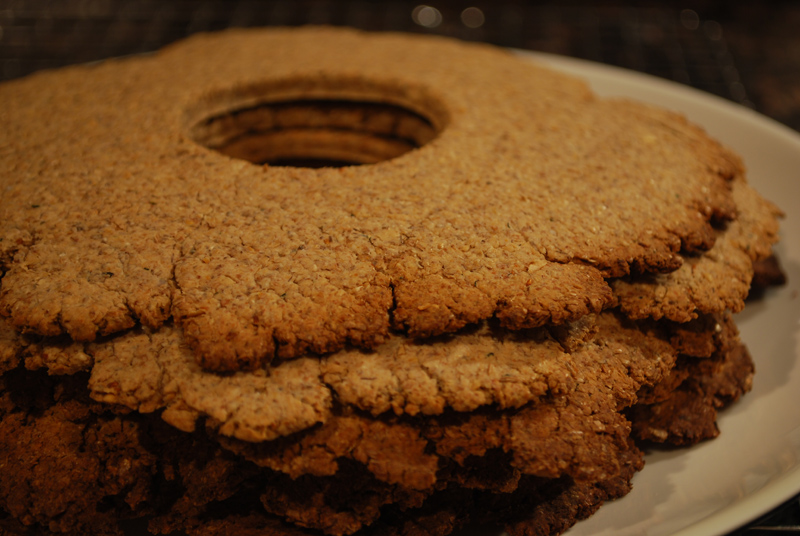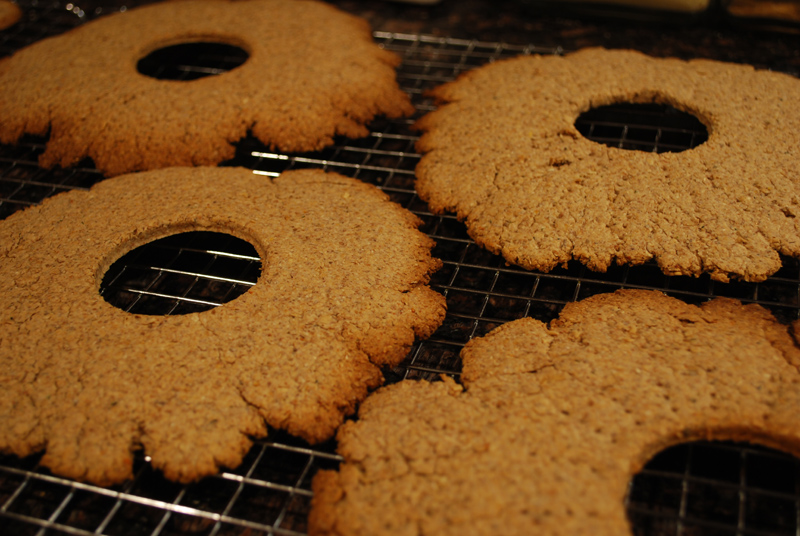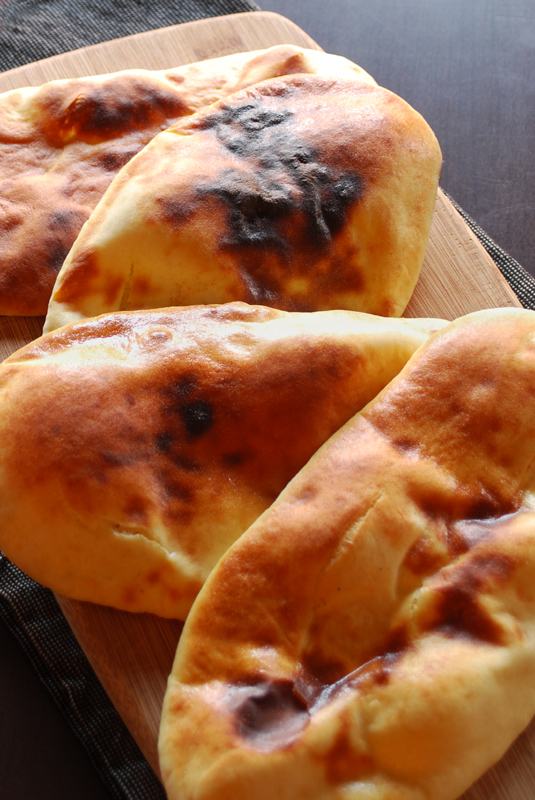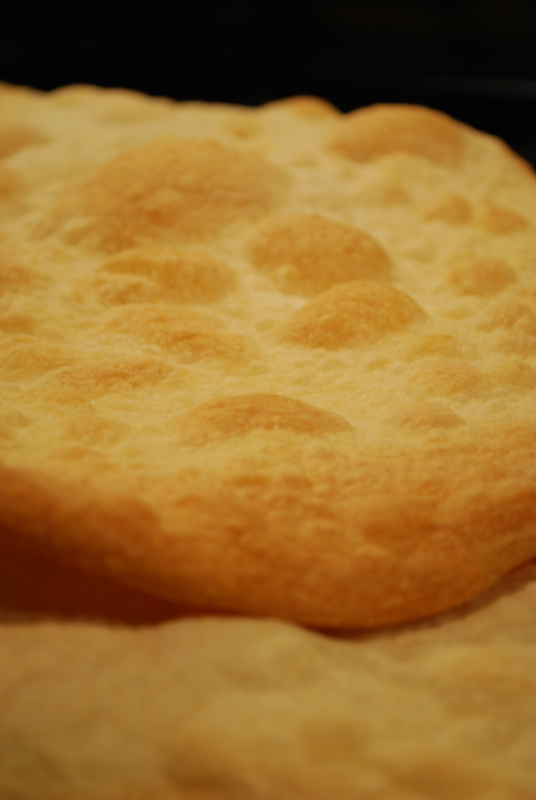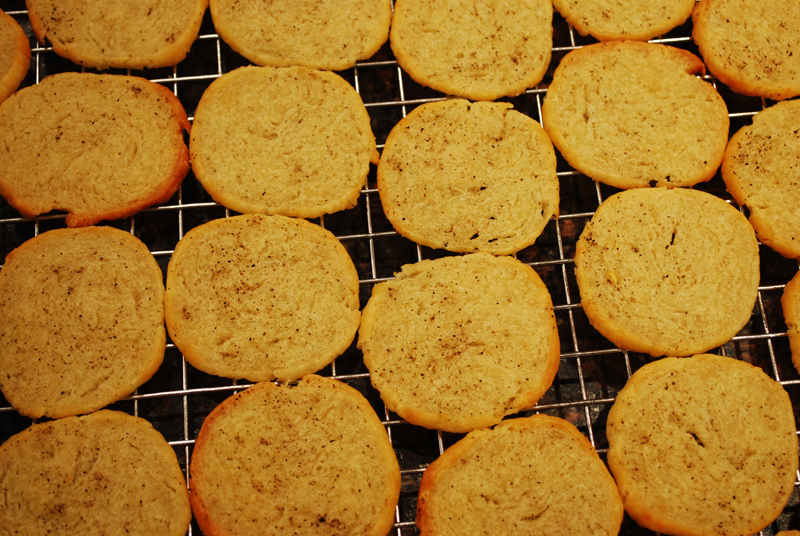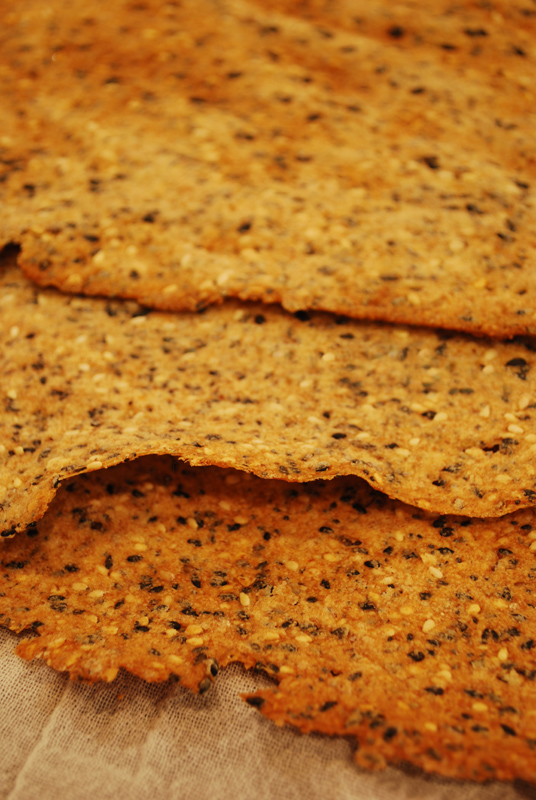Week Nine: Flatbreads King Cake!
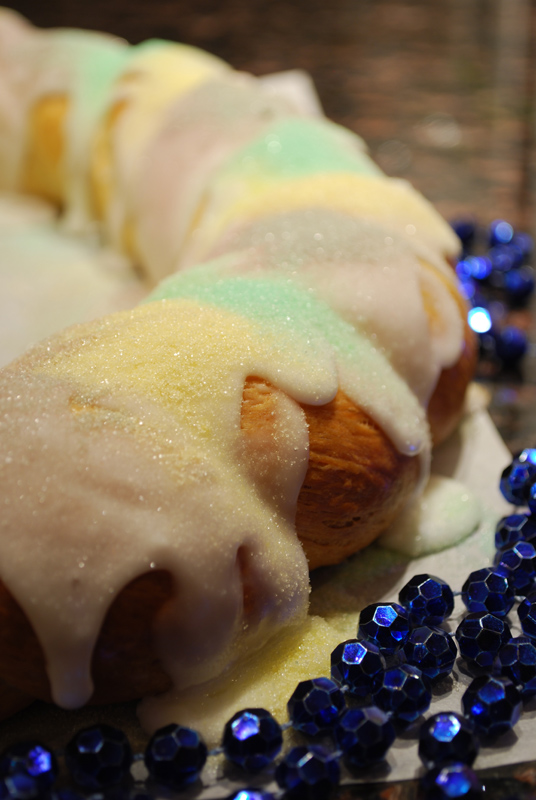
Sorry for the interruption, but today is Mardi Gras, y’all! And since I’m from New Orleans, there was no way I wasn’t going to make a king cake for today! (Don’t worry, flatbreads are back on schedule for tomorrow.)
Outside of New Orleans, people may have heard of king cake, but don’t really know what it is. King cake is, technically speaking, a wreath of rich bread dough, rather like a cross between brioche and a cinnamon roll. It’s a yeast-risen dough with a healthy dose of butter, eggs, and milk. It’s shaped into a ring, baked, and glazed with a simple white icing and colored sugars. They can be plain or filled, with such fillings as a sweet cream cheese, or a praline filling, or a fruit filling.
But oh, king cake is so much more than that! New Orleans is a Catholic city, and the king cake is full of Catholic tradition, in the form of a gourmet treat for its food-loving citizens. King cakes traditionally are available beginning on January 6, also known as Twelfth Night, the day the Magi found Christ in the manger. They stop being made on Mardi Gras, or Fat Tuesday, the day before Ash Wednesday and the beginning of Lent. Good luck finding a bakery that has one after that (those year-round purveyors notwithstanding). You’ll either have to make your own or wait for next year.
There’s absolutely nothing like the singular smell of a king cake, and it will instantly transport me back home. That rich, yeast dough, laden with cinnamon, frosted with that lightly almond-flavored icing… it’s intoxicating, is what. New Orleanian expats nationwide have their families and friends overnight them these wondrous confections, just so they can recreate that experience every year. It simply is not Mardi Gras if there isn’t a king cake. In New Orleans, schools, offices, and everything in between will generally have a series of “King Cake Parties”, where someone brings one in, and whoever gets the slice with the plastic baby has to bring the next one.
Speaking of which, what’s the deal with that plastic baby? It simply symbolizes the baby Jesus, and the finding thereof refers to his discovery by the Magi. Incidentally, we all found it very amusing when they had to start printing the words: “CONTAINS PLASTIC BABY!” on the packages of king cakes shipped around the nation. Of course it contains a pastic baby! Why wouldn’t it contain a plastic baby? What’s the point otherwise? And no, finding the baby does not mean you are king or queen for the day. It means you have to bring the next one.
As for the colors of the sugar dusted liberally over the top, they are the colors of Mardi Gras. The purple refers to justice, the green refers to faith, and the gold (well, yellow, on food) refers to power. Some bakeries will use colored jimmies instead of colored sugar; I say that’s heresy! (But I will still eat a piece of the cake if it’s good.) I’ve heard people exclaim surprisedly that anyone will eat something with those colors on it, especially in such vibrant hues. To those people, I would like to remind them of the old saying of Cajuns: “If it walks, crawls, swims, or flies, we’ll eat it.” Forget purple and green sugar, we suck on crawfish heads. Quite happily, too.
So now you know about king cake. (Oh, and by the way, king cake is not the same as a galette des rois! Pas du tout!) And the next time your friend in New Orleans sees fit to bestow the gift of one upon you, remember, that’s someone’s childhood you’re tasting. You’d better appreciate it – and I’m sure you will!
King Cake
20 to 22 servings
For Dough:
2 envelopes (4 ½ tsp) active dry yeast
½ cup granulated sugar
12 tablespoons (1 ½ sticks) unsalted butter, melted
1 cup warm milk (about 110 degrees F)
5 large egg yolks, at room temperature
4 ½ cups all-purpose flour (1 pound, 3 ounces)
2 teaspoons salt
1 teaspoon freshly grated nutmeg
1 teaspoon grated lemon zest
1 teaspoon vegetable oil, for oiling bowl
Filling:
1/2 cup sugar
1 to 2 teaspoon cinnamon
1/3 cup unsalted butter, at room temperature
For Finishing:
1 plastic king cake baby or a pecan half
5 tablespoons milk, at room temperature, divided
3 tablespoons fresh lemon juice
1/8 teaspoon almond extract
3 cups powdered sugar, sifted
Purple-, green-, and gold-tinted sugar (recipe below)
1. Combine the yeast and granulated sugar in the bowl of a stand mixer fitted with a dough hook. Add the melted butter and warm milk. Beat at low speed for 1 minute. With the mixer running, add the egg yolks, then beat for 1 minute at medium-low speed. Add the flour, salt, nutmeg, and lemon zest and beat until everything is incorporated. Increase the speed to high and beat until the dough pulls away from the sides of the bowl, forms a ball, and starts to climb up the dough hook.
2. Remove the dough from the bowl. Using your hands, form the dough into a smooth ball. Lightly oil a bowl with the vegetable oil. Place the dough in the bowl and turn it to oil all sides. Cover with plastic wrap and set aside in a warm, draft-free place until doubled in size, about 2 hours.
3. Meanwhile, make the filling by creaming the butter, sugar, and cinnamon together until soft enough to spread easily.
4. Turn the dough out onto a lightly floured work surface. Using your fingers, pat it out into a rectangle about 30 inches long and 6 inches wide.
5. Spread the filling lengthwise over the bottom half of the dough, then flip the top half of the dough over the filling. Seal the edges, pinching the dough together. Shape the dough into a cylinder and place it on the prepared baking sheet seam side down. Shape the dough into a ring and pinch the ends together so there isn’t a seam. Insert the king cake baby or pecan half into the ring from the bottom so that it is completely hidden by the dough.
6. Cover the ring with plastic wrap or a clean kitchen towel and place in a warm, draft-free place. Let the dough rise until doubled in size, about 45 minutes.
7. Meanwhile, preheat the oven to 350 F.
8. Brush the top of the risen cake with 2 tablespoons of the milk. Bake until golden brown, 25 to 30 minutes. Remove from the oven and let cool completely on a wire rack.
9. Make the icing. Combine the remaining 3 tablespoons milk, the lemon juice, the almond extract, and the powdered sugar in medium-size mixing bowl. Stir to blend well. Adjust flavorings as needed. With a rubber spatula, spread or drizzle the icing evenly over the top of the cake. Sprinkle with the sugar crystals, alternating colors around the cake.
Colored Sugars
1 1/2 cups granulated sugar, divided
1 to 2 drops each of green, yellow, red, and blue liquid food coloring
1. Place 1/2 cup sugar and drop of green food coloring in a jar or zip-top plastic bag; seal. Shake vigorously to evenly mix color with sugar.
Repeat procedure with 1/2 cup sugar and yellow food coloring.
For purple, combine 1 drop red and 1 drop blue food coloring before adding to remaining 1/2 cup sugar.


